


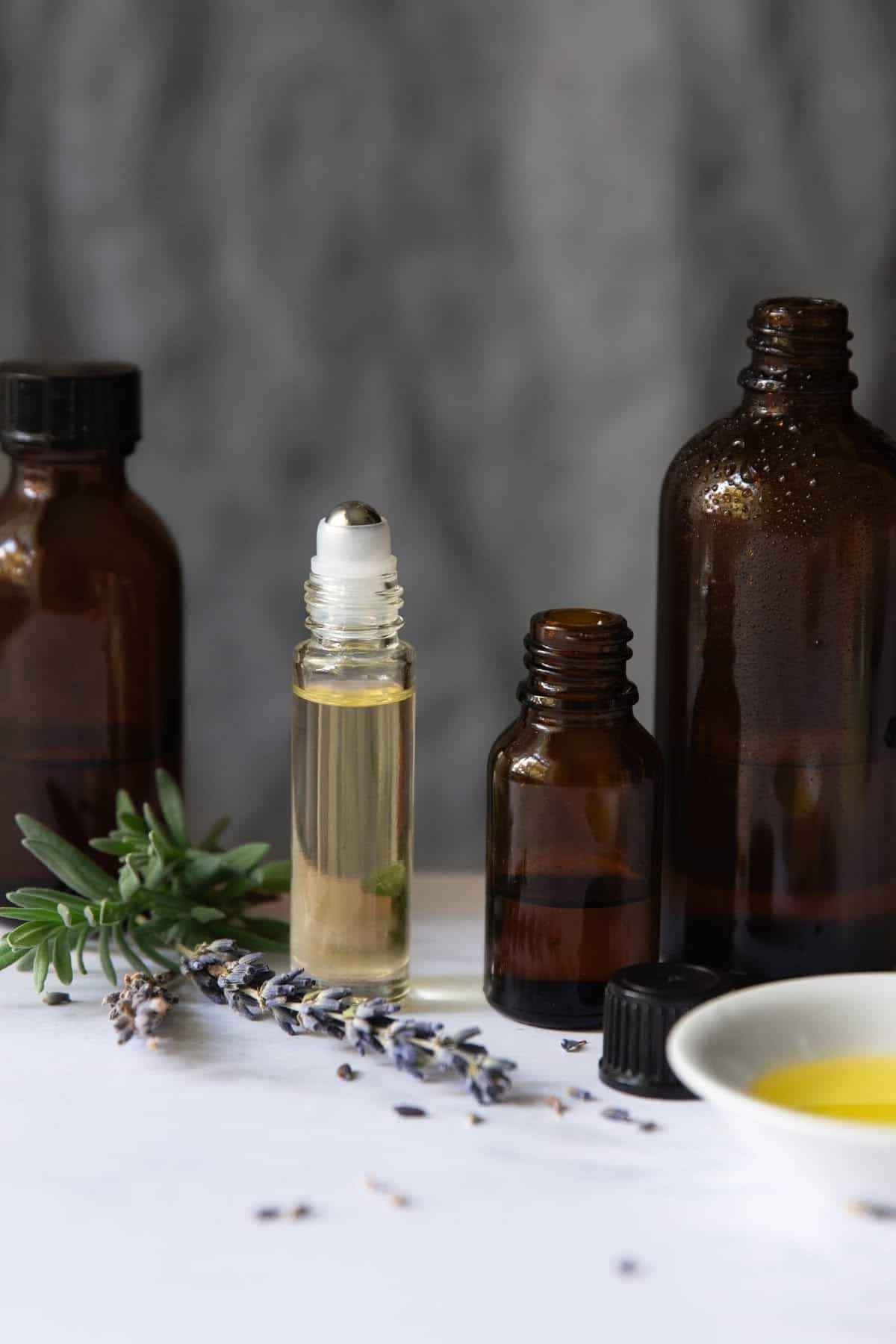
You want a scent that smells great, behaves in your base, and ships with zero drama. Let’s keep it practical. Below is a no-fluff guide you can hand to your team or your supplier. Real checks, clear docs, and sourcing signals that actually move product.
Quick context: I’Scent is an OEM/ODM fragrance oil & perfume raw materials manufacturer with 20+ senior perfumers and 40,000+ formulas. We do customization and duplication with up to 98% match accuracy, IFRA / ISO / GMP / Halal certified, full ERP traceability, samples in 1–3 days, and mass in 3–7 days (low 5 kg MOQ for standards; custom scents usually 25 kg). If you need category-specific builds, see our Personal Care Fragrance Oils hub, or go straight to: Cosmetic, Hair Care, Soap.
Plain talk: If you’re using a fragrance oil in skin or hair, IFRA is your first gate. The IFRA Certificate of Conformity tells you the maximum allowed use-rate for each product category (e.g., face cream vs. rinse-off shampoo). That’s how you stop guesswork and keep labels clean.
What to do now
Want category-ready oils? See Cosmetic Fragrance (IFRA Certified & Custom) and Hair Care Fragrance (40k+ formulas).
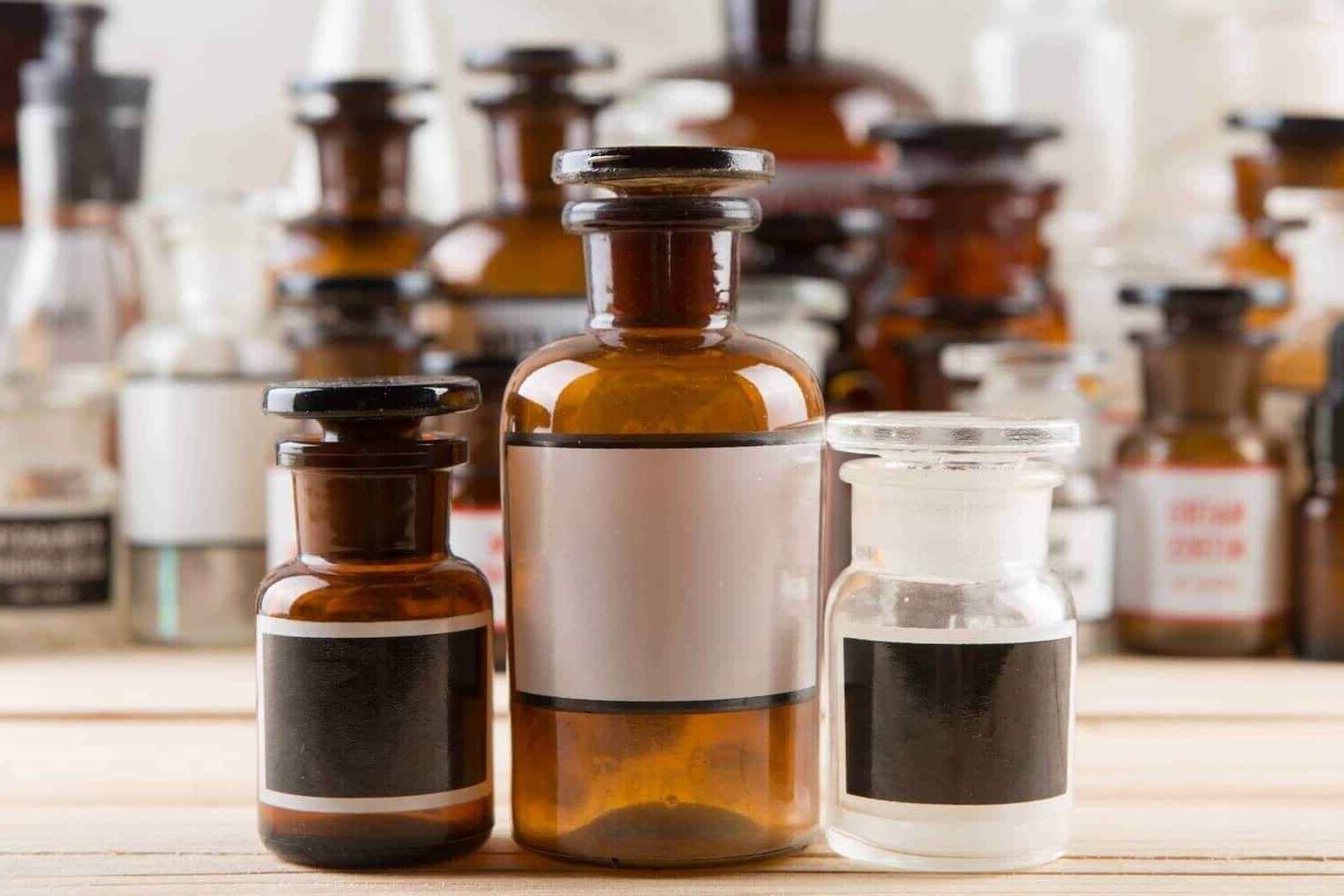
Don’t mix them up. You need both in your QA pack. And yes, read Section 9 of the SDS (appearance/solubility) before you drop a new oil into a watery gel base. It saves days.
If your markets include EU and US, plan for allergen disclosure. EU lists keep expanding; US rules are tightening under modern cosmetics regs. What matters for you:
I’Scent tip: we can issue allergen statements and update them when your SKU changes. It’s routine, not scary.
Customers ask. Retailers ask. Even your ad platform may ask. Decide your phthalate policy:
Whatever you pick, write it down in your brand compliance note. One line. Big clarity.
Saying “natural” means different things to different teams. If you need a natural-origin angle, use the ISO 16128 framework. It lets you calculate a Natural Origin Index for ingredients and for the whole formula. No puffery, just math. We help clients set a target index and back-solve the perfume build to hit it (with performance checks in rinse-off, because surfactants can be brutal).
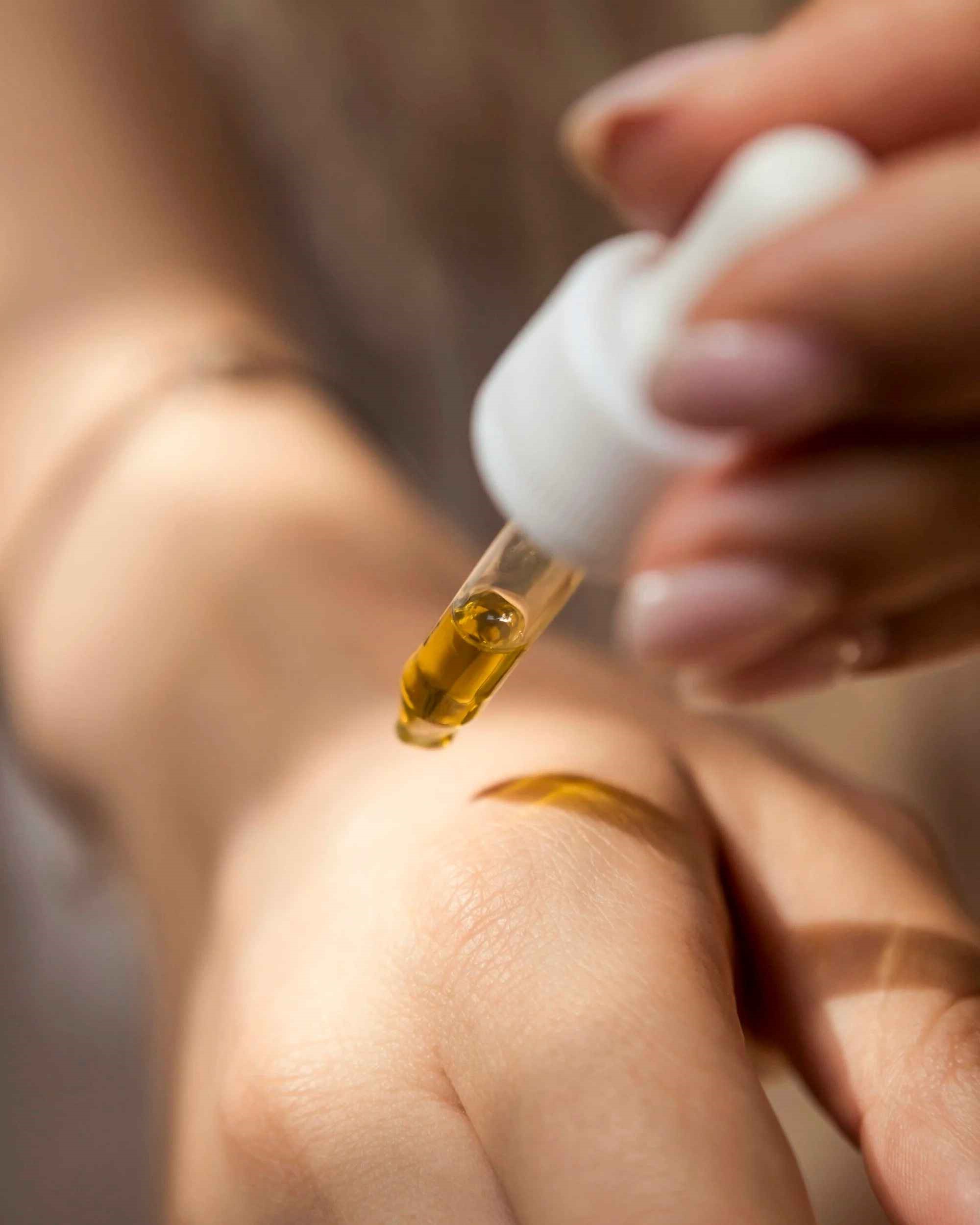
Two flags buyers look for:
We keep sourcing notes a part of the perfumery brief; you should too. If you ever got asked “is this sustainable?” on a trade call and felt stuck, this solves that.
| Item | What to verify | Why it matters | Owner |
|---|---|---|---|
| IFRA Certificate | Product category + max use-rate logged | Legal & consumer safety baseline | RA / Formulation |
| SDS | Handling, storage, exposure controls | Worker safety; compliance docs | EHS / QA |
| Allergen Statement | Ingredient-level thresholds by region | Label accuracy; avoid recalls | RA |
| Phthalate Policy | No-phthalate / DEP-only / alt plan | Retail acceptance; brand trust | Marketing / RA |
| Origin Claim (ISO 16128) | Natural Origin Index target & calc trail | Honest claims; retailer audits | Marketing |
| Sourcing Notes | RSPO status; wild-collect status | CSR, ESG, buyer questions | Procurement |
| Batch Consistency | COA + organoleptic + GC trend (if req.) | Same smell, every batch | QC |
| Pilot Stability | Color/viscosity/phase in your base | IFRA ok ≠ compatibility ok | R&D |
Need a supplier who ships with these docs on tap? See Personal Care Fragrance Oils for category pages and file flow.
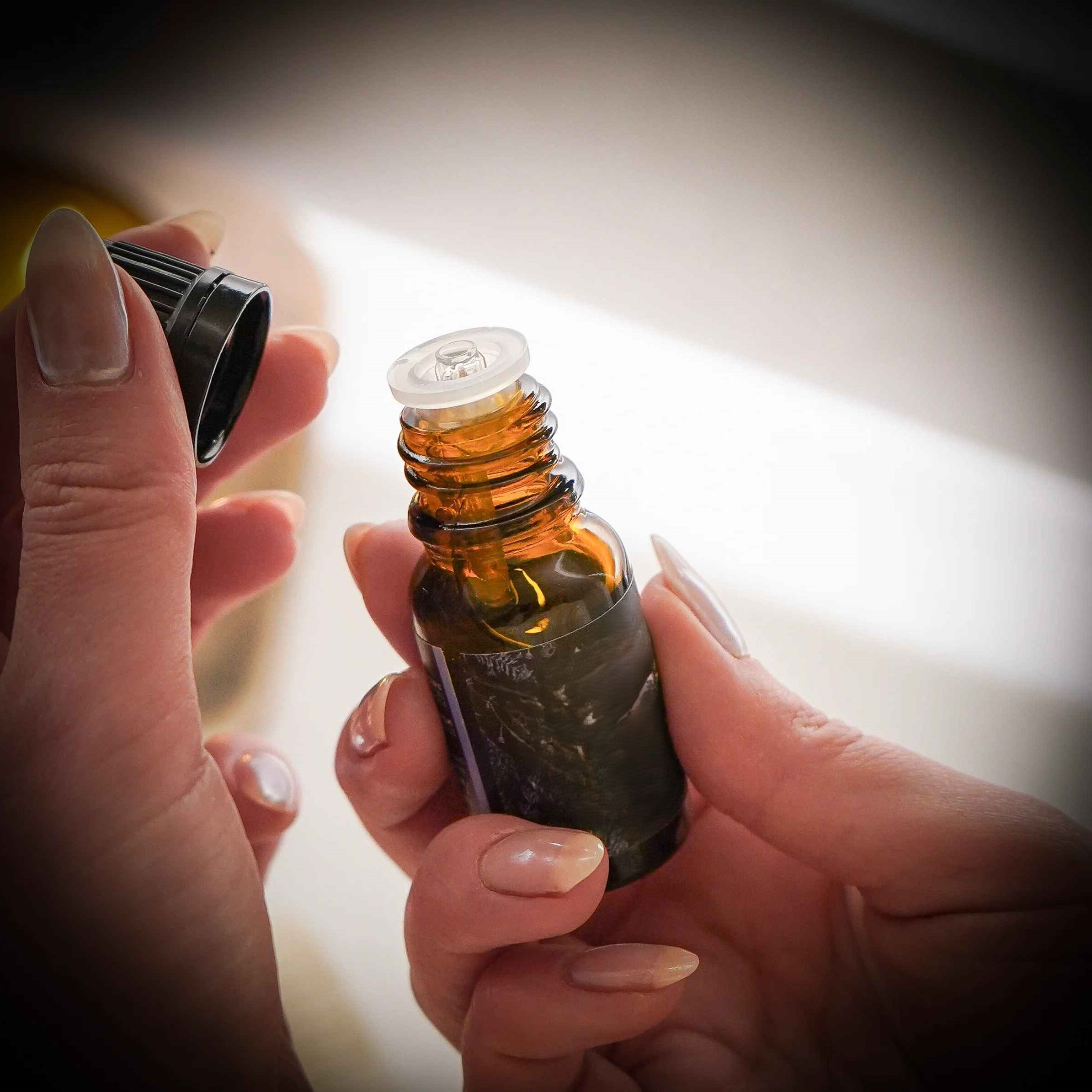
Your face creams, serums, and body lotions need leave-on profiles: soft, smooth drydown, and low sensitization risk. You also want low color and no clouding in clear gels. If your claim is “fragrance-free,” you might still run masking perfumes at low levels to hide base odor (yes, it’s a thing).
→ Explore Cosmetic Fragrance | IFRA Certified & Custom Scents.
Rinse-off systems punish weak top notes. Go for surf-stable materials and wet-hair impact. Test in your salt curve and silicone load, because perfume can mess with viscosity and foam. For conditioners, you want combing bloom without heady amine clash.
→ Check Hair Care Fragrance Supplier | 20+ Years’ Exp..
Soaps are spicy: high pH, heat, trace. Use perfumes CP/HP tested for no seize, no discolor, and good cure projection. If your brand sells “creamy white bars,” call out non-discoloring builds.
→ Browse Soap Fragrance Oil Manufacturer | Wholesale.
| Risk trigger (real world) | Where it hits | Quick mitigation |
|---|---|---|
| High vanillin or certain phenolics | Lotion/cream color shift | Use low-color analogs; add antioxidants; pick white-safe builds |
| Solvency mismatch | Clear gel or micellar clouding | Pre-solubilize; switch co-solvent; reduce use-rate within IFRA |
| Strong aldehydes | Cold-process soap seize | Use CP-tested variants; adjust temps; split pour |
| Powdery musks overload | Conditioner drydown too heavy | Re-balance with sparkling top bridge; lower total loading |
| Citrus-heavy tops in rinse-off | Smell fades in 24h | Add tenacity backbone; micro-encapsulation; tweak surf-stable materials |
| Program / Concept | What buyers expect | How we handle at I’Scent |
|---|---|---|
| RSPO for palm-based inputs | Documented chain model (MB/SG/IP/credits) | Track model per SKU; include in spec note |
| Wild-harvested botanicals | Legal & fair collection; community income | Vet supplier docs; limit fragile species |
| ISO 16128 “natural-origin” | A real index and calculation, not vibes | Calculate target index; balance with stability |
| Vegan / No animal testing | No animal-derived inputs; no animal tests | Ingredient mapping + supplier declarations |
| Halal / GMP / ISO | Process control & hygiene; market entry | Certs on file; audits; batch traceability |
| “No phthalates” or “DEP-only” | Clear statement, consistent across SKUs | Lock policy in master claims sheet |
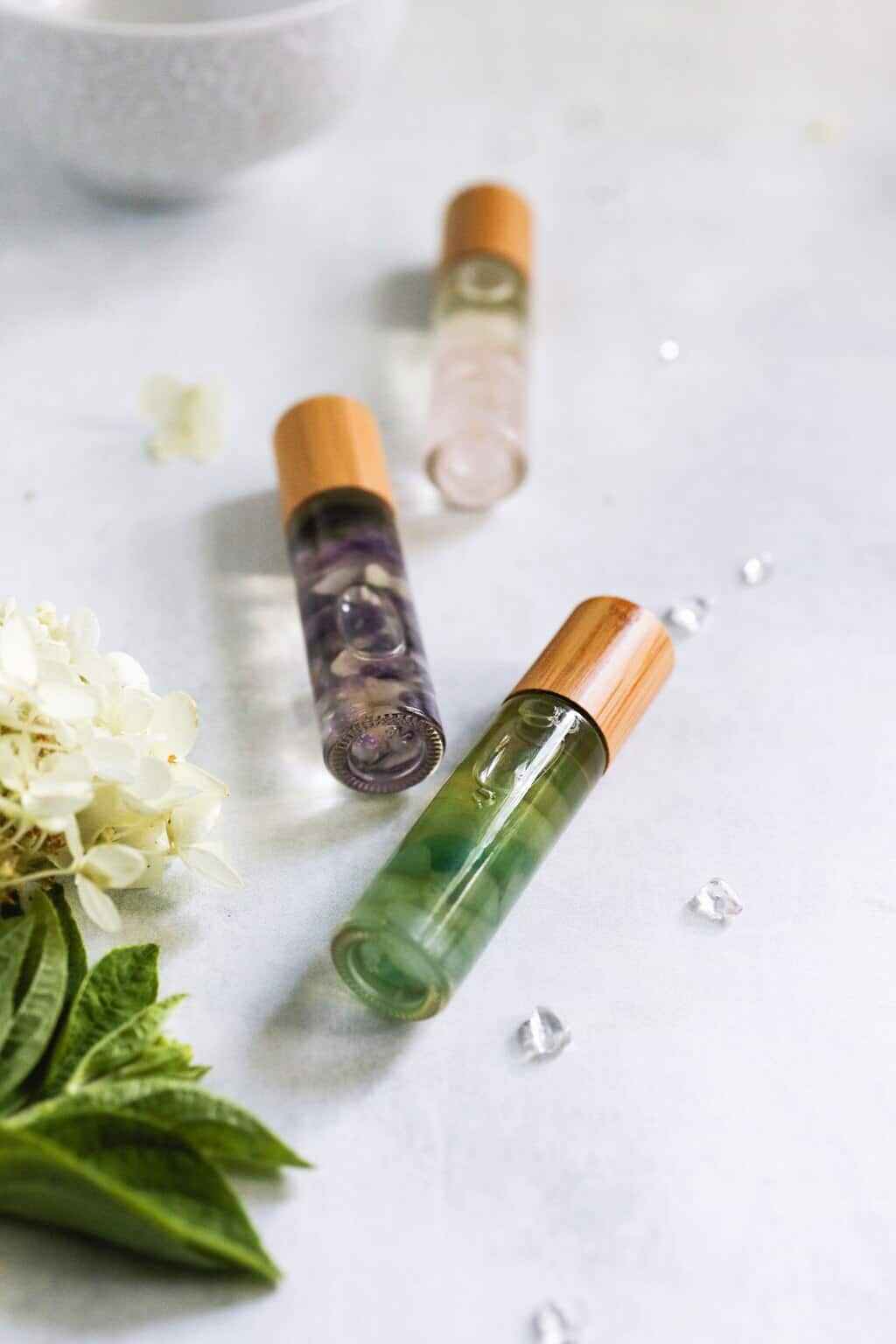
Ready to brief? Use our Personal Care Fragrance Oils page as your checklist, then send the spec to the team.
Explore categories: Cosmetic Fragrance Supplier · Hair Care Fragrance Supplier · Soap Fragrance Oil Manufacturer · Personal Care Fragrance Oils · OEM/ODM Fragrance Oil & Perfume Raw Materials
If you remember just three things, remember these:
Do this and your fragrance oil stops being a risk magnet and becomes a sales lever. When you’re ready, tap I’Scent to build a fragrance that fits your formula, your claims, and your launch date—without drama.
Start here: Personal Care Fragrance Oils · Cosmetic (IFRA & Custom) · Hair Care (40k+ Formulas) · Soap (Low MOQ)